Now that my Leica Q3 is one year old, and well-used, it’s a good time to do a comprehensive review of this little camera. It’s only once you’ve used a camera in real-world, highly stressed situations that you get a true understanding of its capabilities. I’ve had plenty of those situations in the past twelve months! And here’s what I think.
I got my Leica Q3 on launch day. How? I asked Red Dot Cameras in London if they had a waiting list many months before the official announcement. They hadn’t started a list. So, I asked them to take my name and set one up, which they did, sticking me at the top of it. Months of waiting followed as I did the usual thing and read every rumour and shred of information before release. On launch day I was in London to collect it. The cost was £5,400 with a spare battery.
Previously I had a QP, the “special edition” first version of the first Q, and had fallen in love with it. Why? The lens, and the unique image rendering it delivered at f/1.7, was very appealing to me. The physical controls, build quality, small-ish size and built-in viewfinder were other big plus points.
I was tempted by the Q2, but decided to hold out and wait a generation for the Q3, which I predicted would have a larger sensor and some new functionality. Meanwhile, I sold my QP to release some cash for my motorbiking addiction, and filled the gap with a Fuji X100V which shares many of the same traits, such as physical controls and a fixed lens.
When rumours of the Q3 were becoming more solid, I decided it was for me and switched back to Leica-land, selling the X100V at a small profit.
Why spend so much on a camera?
An excellent question. One that can be rationalised with convoluted “price per use” logic, or what good value it is compared with a Leica M and three Summilux lenses. But it remains an extremely expensive item. In reality, I wanted it, had worked hard to save the money to afford it, and knew I’d be using it extensively on this Skye At Night project. And I loved using my QP. Getting personal happiness and satisfaction from the use of an exquisite object is important to me.
Emotional justification aside, I also knew I had much people photography coming up for the project, and wanted to use one camera setup for the majority of the shoots, to give me a consistent look throughout.
Why not use the Sony A7III?
I also own a Sony A7III, and a couple of lenses. It’s a very efficient and capable camera, but I really dislike using it. It’s fiddly, the controls and menus are not intuitive, and it is inelegant.
For sure, it gets the job done. It is technically excellent, but has no character. Do I need character in a camera? Not really. Do I want character in a camera? Yes, definitely.
I could have saved over £4,000 and bought a Sony 24mm f/1.4 lens to put on the A7III, and got similar framing and focus dropoff (bokeh) as the Leica. My purely rational and logical calculation was that I required a second camera for redundancy, didn’t like the Sony, and the Q3 was it. Good enough for me.
What have I been using the Q3 for?
Eighty percent of my use has been for what I call “environmental portraits” for my Skye At Night book project, where I am photographing people in their workplace, home or just enjoying themselves. The inclusion of their surroundings is important to provide context to the images. Typically, I’d light the images with one or more flashes (it’s all about Skye, at night, so often light levels are low).
The other 20% has been for nighttime landscape photographs. I usually use my Sony A7III for most of this work because I need a 16mm focal length (the Leica is 28mm minimum). If I had a wider lens on the Q3 I’d be using it instead of the Sony.
When photographing people, there’s typically a lot of pressure. Time is frequently short. Whoever I’m photographing is typically working as well, so hasn’t got lots of time to do countless poses and try different locations. As a result, my workflow has to be extremely fast and efficient, and I need to be able to use the camera without it getting in my way. The worst thing is for me to be faffing about in the camera menus looking for some obscure setting. It doesn’t look professional or inspire confidence in my subjects.
Best to worst features in order
Rather than having a binary pros and cons table, I have decided to create a list of features and capabilities, starting with what I like most and ending with what I’m not keen on. This in order, from “best” to “worst”. Note that “worst” may not necessarily be bad, that is, a con, it’s just a thing that I like less than the thing above it in the list.
Lens optics. The 28mm f/1.7 lens on the Q series is phenomenal. Why? Apart from being incredibly sharp, the way it handles images at f/1.7 is unique to my eye. The closest I’ve seen is the Leica 24mm Summilux-M, which is several times pricier. There’s something extraordinary about a wide-aperture wide-angle lens. It makes environmental portraiture a breeze, allowing subject isolation through background focus falloff, simplicity itself. Amazing.
Image quality. Closely related to the lens, and the sublime pairing with the sensor, I’ve been impressed with the images coming out of the Q3. Why? The amount of detail is fantastic. The flexibility for editing afterwards is superb. You can effectively pull back underexposed areas. A feature which is great for night photography (see ISO later in this list, though). The RAW files are rich and need minimal tweaking.
Controls. Simple, visible, minimal, easy. Just what you want from a camera, and so refreshing compared to just about everything else out there on the market. The only thing I’d like to see added is a visible physical ISO dial so a simple glance down at the top of the camera reveals ISO, shutter speed and aperture. It takes a short time to get familiar with the controls, after which the camera becomes an extension of the body. Just great. Leica does this so well.
Size. It’s small(ish). Given the flexibility of digital zoom (see next point) with the large pixel count, you are essentially carrying a 28–75mm or 28–90mm camera with you. With amazing image quality. The packaging is excellent. I can throw it (gently) into a bag (well padded) and barely notice it, which makes things a lot simpler on location or going up a mountain.
Digital zoom. The 60mp pixel count provides a lot of flexibility when it comes to in-camera digital zoom or digital cropping. The implementation of this on the Q series has always been outstanding in my view. I like the frameline concept, being a recovering M-user. The fact that the exposure reading is taken from the scene within the framelines is very clever. And it gives you a lot of flexibility for framing. I use digital zoom often, and even at 90mm, the resulting images are full of detail. I skipped the Q2 to wait for the Q3 for this reason. The higher-resolution sensor makes the Q3 an effortlessly flexible all-in-one camera. I have one of the rear thumb buttons (the sticky-out one) set to trigger the digital zoom, so it’s fast and easy to use.
Build quality. Tank-like. Solid. Everything clicks beautifully. It feels heavy in the hand, as though it were hewn from a solid block. Leica did that with the T and TL series, by the way — wonderful little cameras. My Q3 has taken a lot of abuse in the heat of on-site shoots and just eats it all up. The only thing I’d nitpick about is the USB port door, which feels rather flimsy. I’m waiting for it to fall off.
Fast shutter sync. For someone who often works with flash, fast shutter sync is crucial. Because the Q3 has a leaf shutter in the lens, it can work with flash at much higher shutter speeds than other cameras. This means that I can take a flash-lit shot with a wide aperture and low ISO in light that would normally overwhelm another camera that would need a much higher shutter speed than it can use with flash. The result is much more interesting looking flashed images with proper depth of field fall-off due to the use of wide apertures.
Menus. Starting to get into good, but trending to just OK territory now. The menus on the Q3 are really nicely laid out, and a lot simpler than pretty much anything else. I’ve lost track of the number of times I’ve got lost in Sony, Olympus or Fuji menus and not been able to find some obscure setting that has magically reset itself. However, the Leica Q3 is starting to suffer from a bit of “menu stuffing”. They are getting a bit too nested, too fiddly and too complex. Leica needs to take care to keep things as simple as possible.
Tilt screen. OK, the implementation is rather ugly. Actually, it’s a lot ugly, and very unlike Leica which usually tries to ensure elegance flows through its cameras. It could have been blended into the back of the camera far more harmoniously, as with the Fuji X100VI. However, it’s very useful and another reason to go for the Q3 rather than the earlier versions. I’ve used it a lot.
Battery. The battery is OK. I’ve never run out, but I’m not shooting hundreds of shots per session. I have a spare just in case.
Leica Fotos app. It’s a lot better than previous iterations. I’ve used it a few times to do quick exports to social media or for sending to the people I’m photographing. It does connect more quickly, and transfer faster and more reliably. But it’s just OK and nothing to write home about.
Cost. It’s pricey compared to other cameras. But it’s also good value compared with a similar Leica M setup. I hate changing lenses, so having a crazily good 28–75mm compact camera with me at all times makes it worth the money.
File sizes. Blimey! They are huge. Comes with the territory. And the fact I shoot DNG + large jpeg all the time doesn’t help. With DNGs at about 80mb and jpegs at 25mb, you’re talking a lot of disk space. It requires significant brain recalibration to handle large quantities of images from the Q3. It also needs some beefy disk space and large backup drives. Add this to the cost of the camera — don’t forget!
High ISO. It’s a bit shonky to be honest. This is one reason I don’t use the Q3 that much for nightscapes and stars, where I need to keep the shutter speed to about 10–15 secs to avoid getting elongated stars. Usually, this requires a high ISO to get the right shutter speed. Comparing files from my older Sony A7III with the Q3 taken at the same time and place and with the same ISO settings, the Sony is a lot cleaner than the Leica. High ISO is relatively immaterial due to the exceptional AI-based noise reduction in Lightroom now (more massive files!), but the cleaner images have always come from my Sony.
No visible ISO dial. This is a miss in my opinion. Yes, it’s nice having a dedicated soft button on the top of the camera, but I want to be able to look down at the top of the camera and see ISO, aperture and shutter speed in one go. Therefore, I’d like to have a physical ISO dial like the M10 and upwards.
Sticky-outy lens. While the Q3 is relatively small, the lens does stick out a long way. Even more when you put the angular hood on it. This stops the camera being pocketable like a Fuji X100VI for example. I know that there’s only so much you can do with optics and focal length, and drive motors for autofocus. In fact, it’s a miracle that they can create an autofocus 28mm f/1.7 lens of supreme quality in such a small package. But I wish it didn’t stick out so much. Maybe they can do a fully optimised curved sensor version with a flatter lens next?
User profiles. I’m in favour of saving settings in user profiles. But blimey, they can be confusing. Thankfully, firmware updates are set up to not wipe them out these days if you do them right. However, the amount of time I’ve spent setting up four or five user profiles only to find that one buried setting is incorrect and having to do them all again is crazy. Overall, they are just really annoying.
Touch AF. Very poorly implemented. Every so often I’ll inadvertently turn it on, usually because it is mistakenly set in one of the aforementioned user profiles. Then the focus point moves about all over the screen when I’m putting the camera in my bag. Then the focus point size changes randomly due to my nose pressing on the screen for long enough to trigger the size setting. Overall very confusing, and I try and always turn it off. But there’s always some bloody user profile that switches it back on again.
Useful Accessories
I’ve added three useful things to my Q3.
First, I splurged and bought the Leica thumb grip. It’s silly money (£200) for what it is, I know, but Red Dot Cameras had one in stock and I had the cash. On its own, it is a nice addition for giving you a bit more control over the camera.
Combined with the IDS grip, it transforms the security of the camera in hand. Both accessories significantly improve the feel of the camera. I no longer feel like I could drop it if my arm gets knocked by someone, or if I’m sweating in the heat of a crowded club during an album launch. It also makes it easier to manipulate the controls, as the weight of the camera can be taken up with the lower fingers of your hand on the grip. The IDS grip is better than the cheapo eBay one I got initially with a Q2 fitment, as it allows full access to the memory card slot and battery, which are different to the Q2.
The built-in Arca Swiss tripod rail on the IDS grip is great as well, and very neatly done. A useful bonus feature is that it allows the camera to sit on a table without falling on its lens. An L-bracket would be even more useful — maybe that’s next.
Together, the thumb grip and hand grip don’t add any significant size to the camera, and they make it a lot easier to hold and use.
Everyone will use a strap at some point. I like the Peak Design system a lot, having used it for years. I have a “Leash” quick adjust neck strap and a wrist strap which fit onto the little dangly lugs that go onto the camera.
In Summary
You might have gathered that I’m a fan. Yes, it’s a lot of money. Yes, you could get similar-ish results from other cameras. But in my view what you can’t get is the whole combination of size, lens, image quality, usability, build quality and satisfaction in another camera.
My Q3 has been an invaluable tool for creating the Skye At Night book, and I anticipate it will remain my favourite camera for a long time to come. 10/10, would recommend.
Link to Skye at Night website
More from Andrew Tobin
Want to contribute an article to Macfilos? It’s easy. Just click the “Write for Us” button. We’ll help with the writing and guide you through the process.

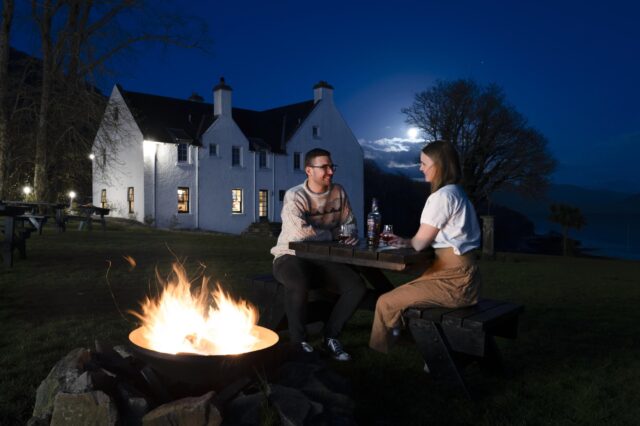
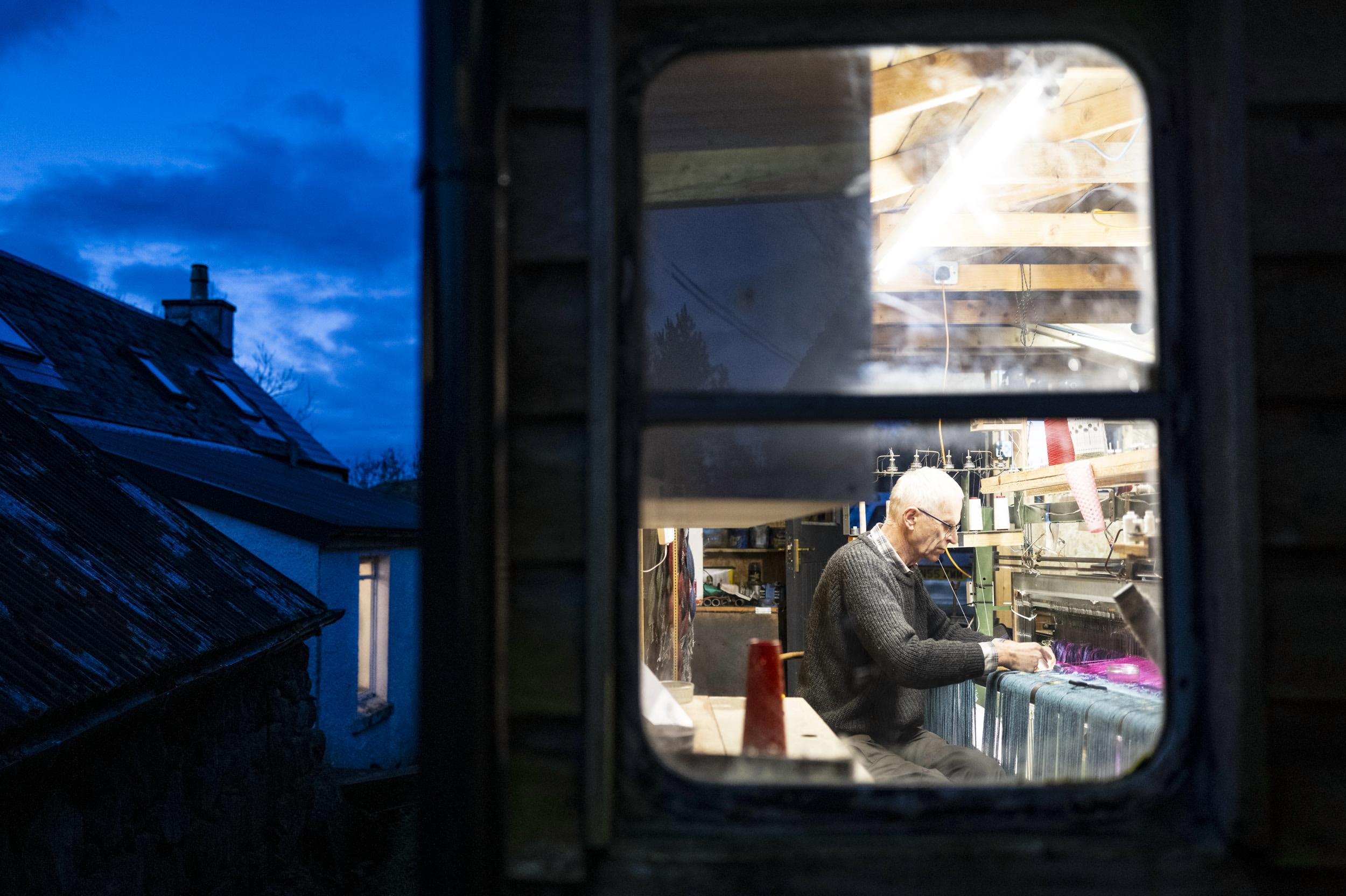
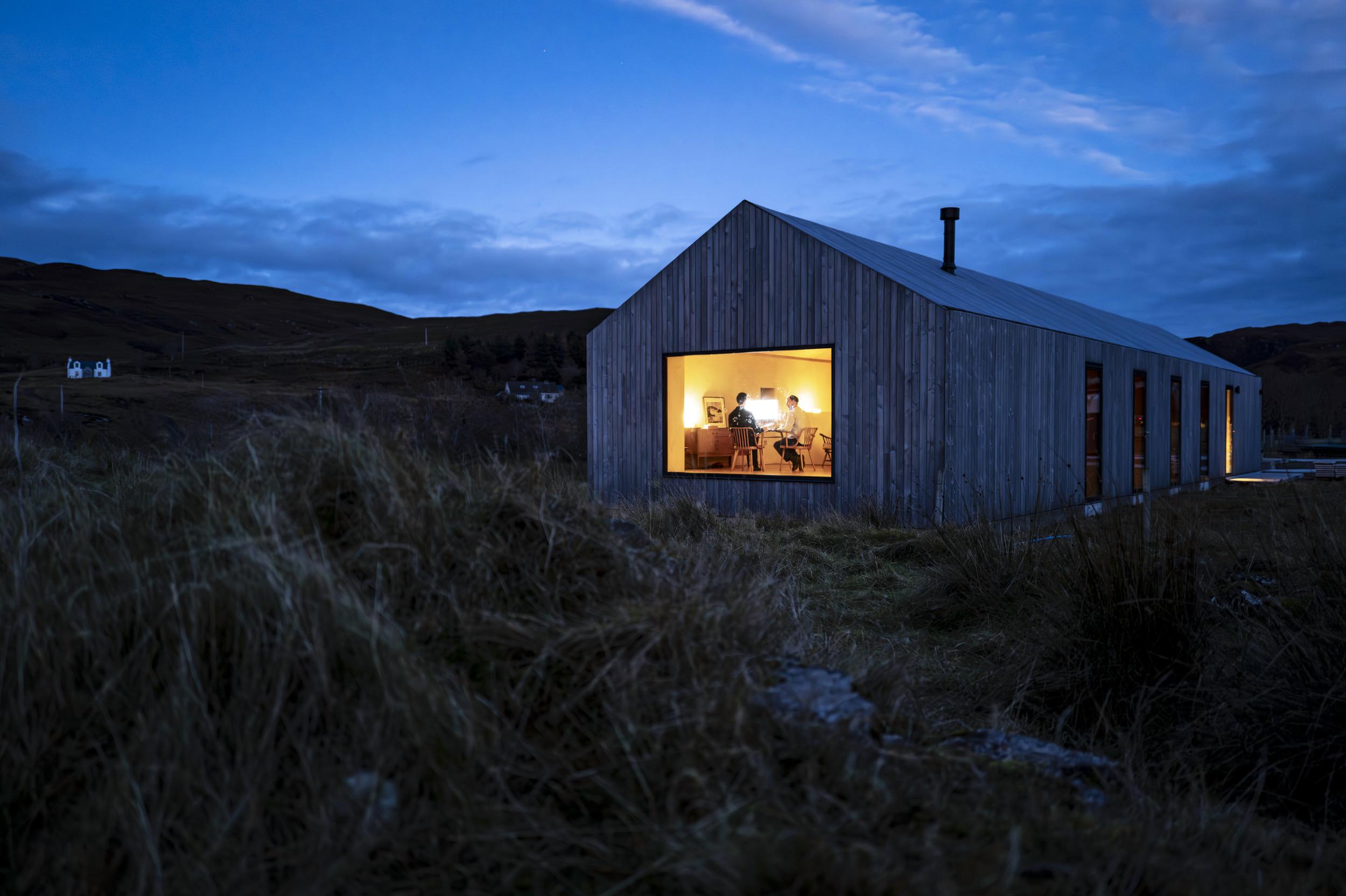
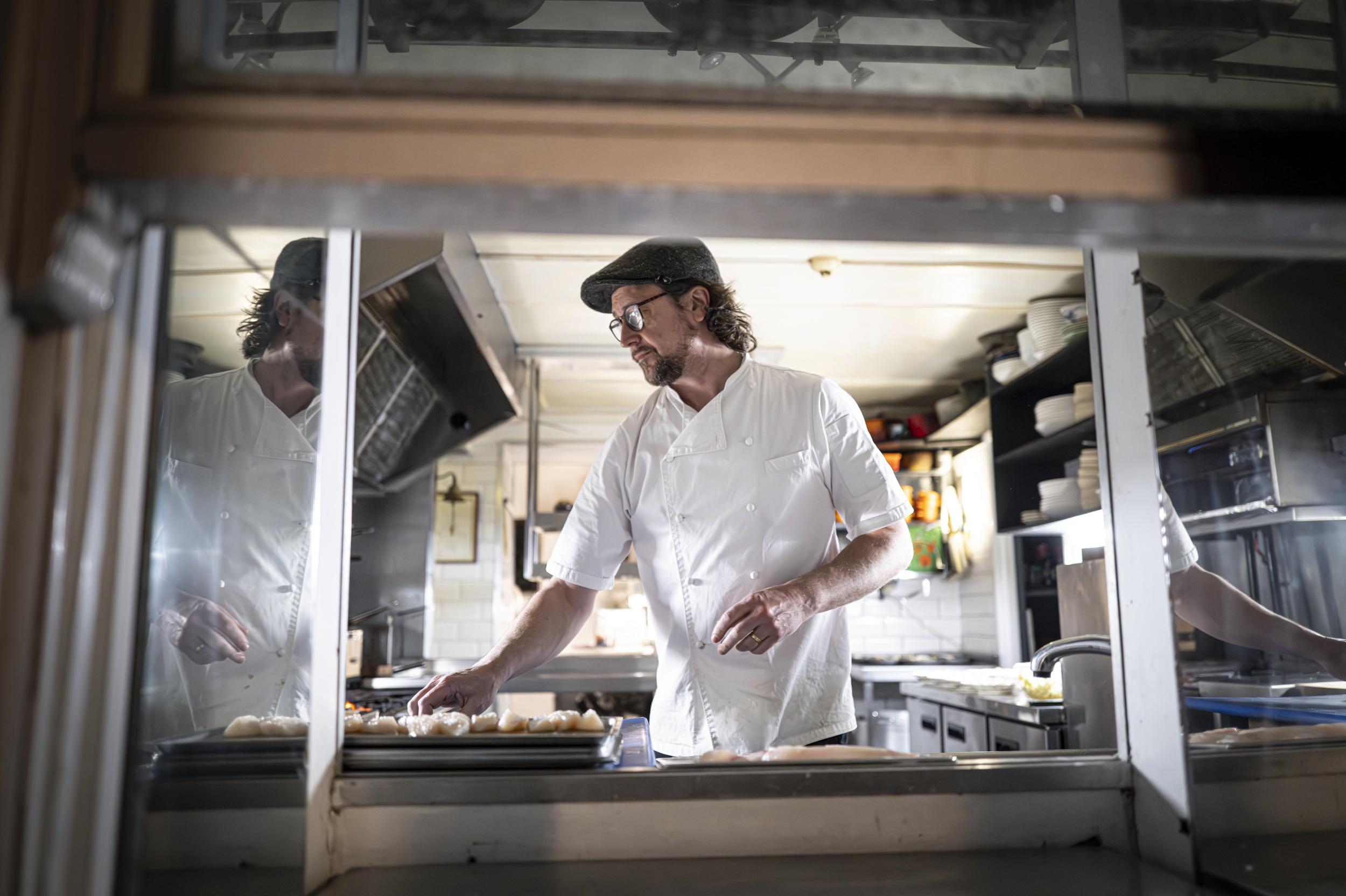
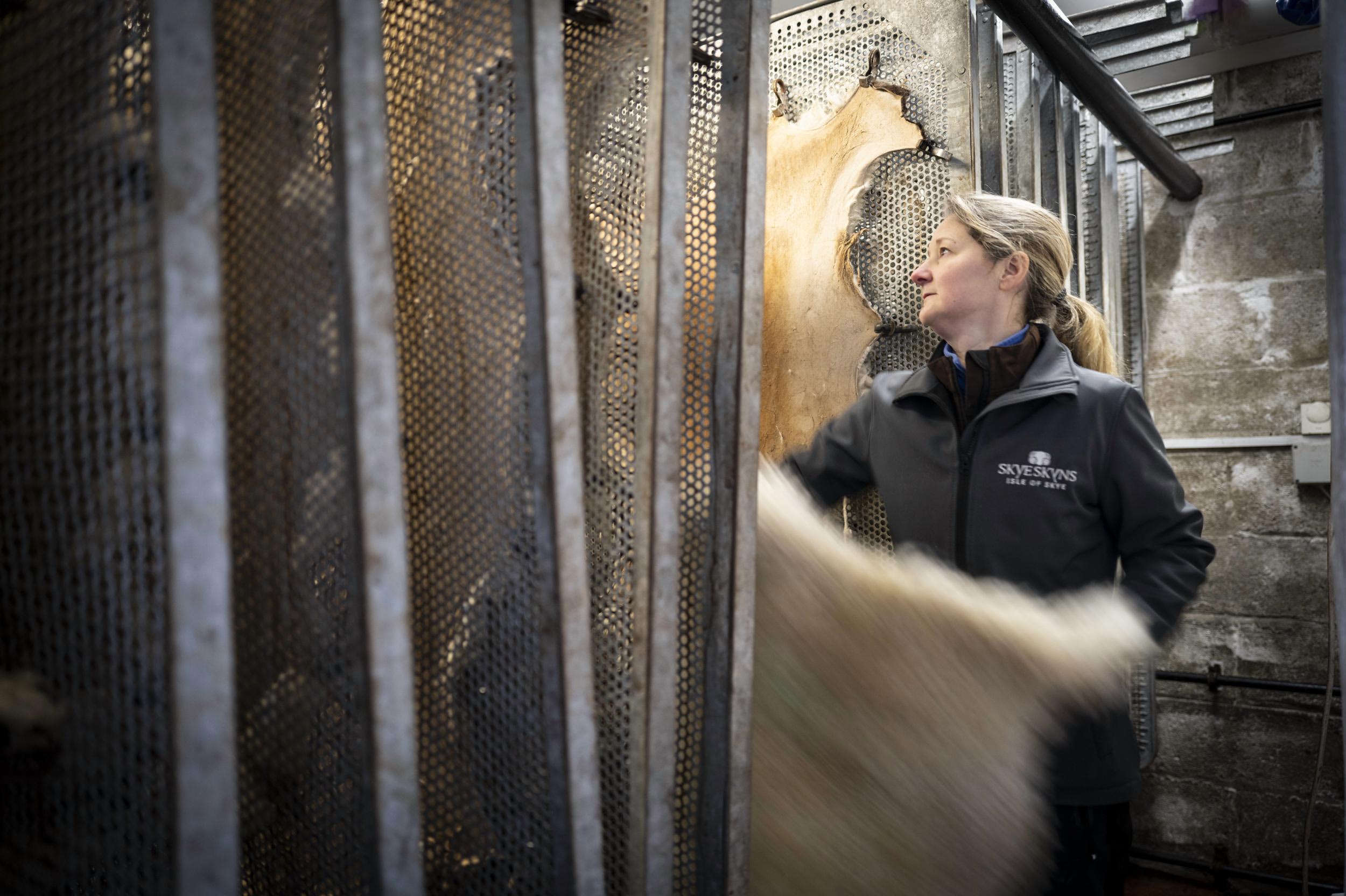
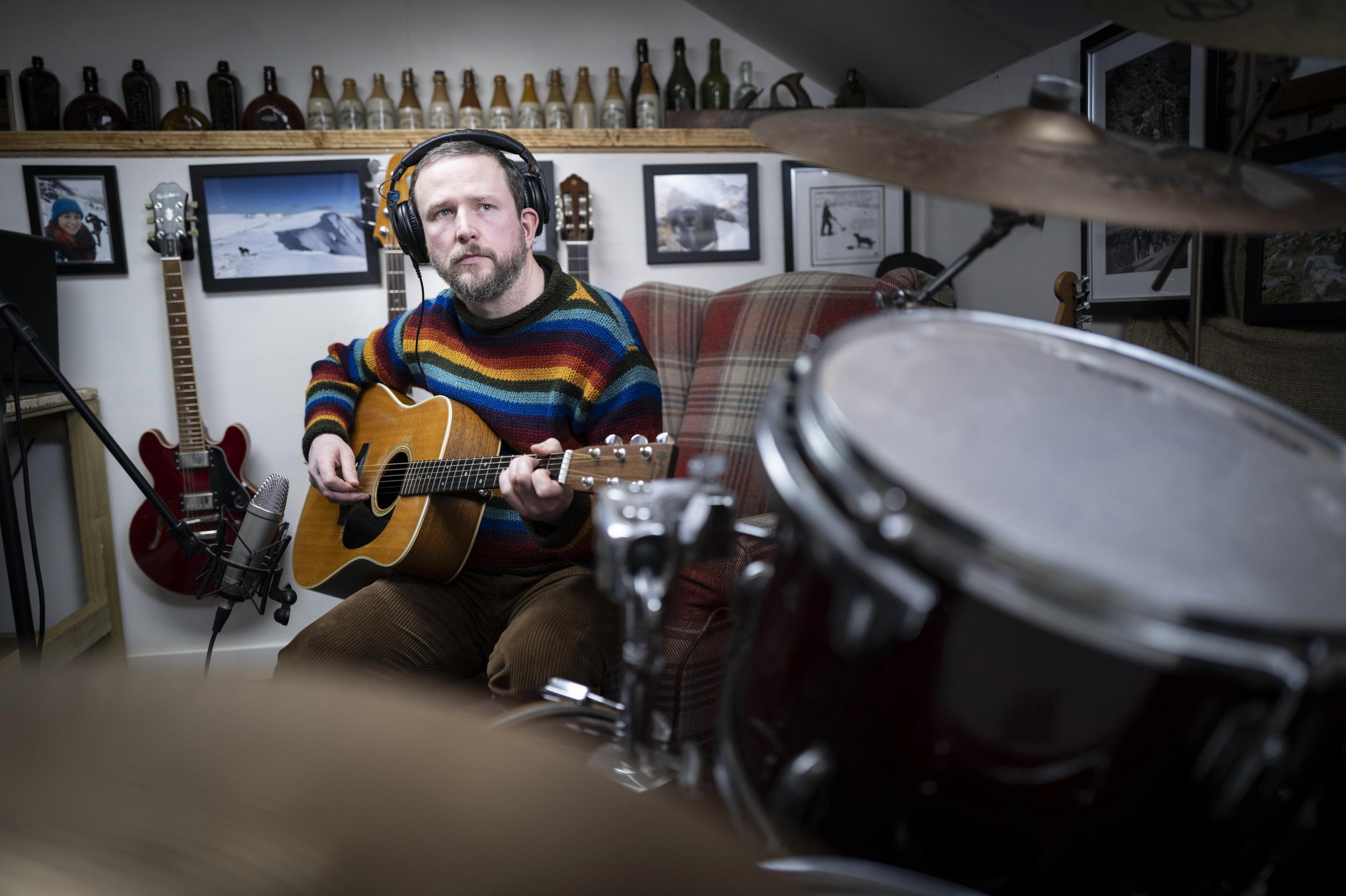
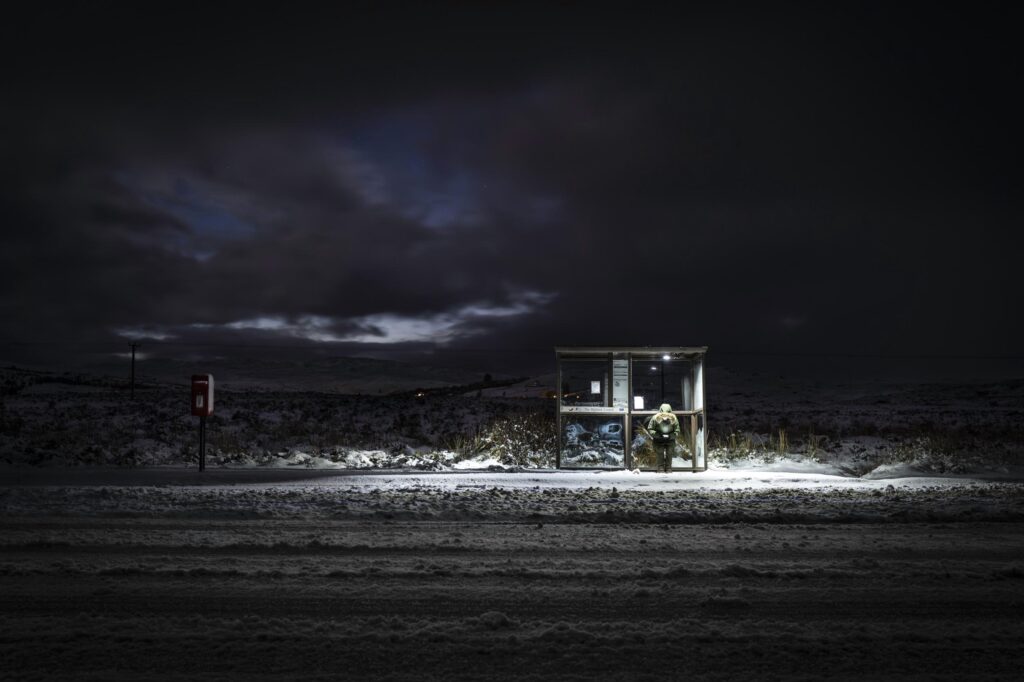
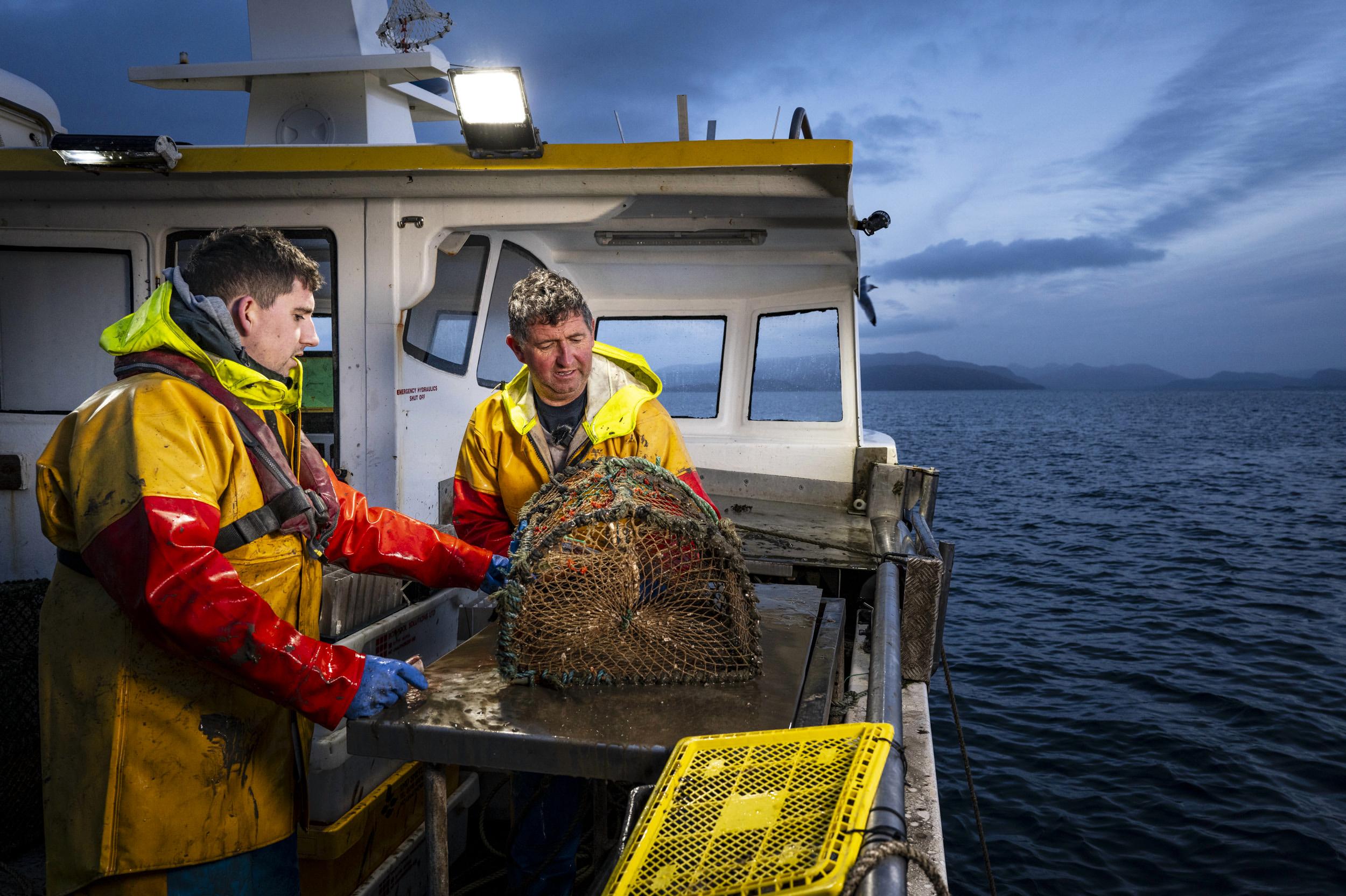
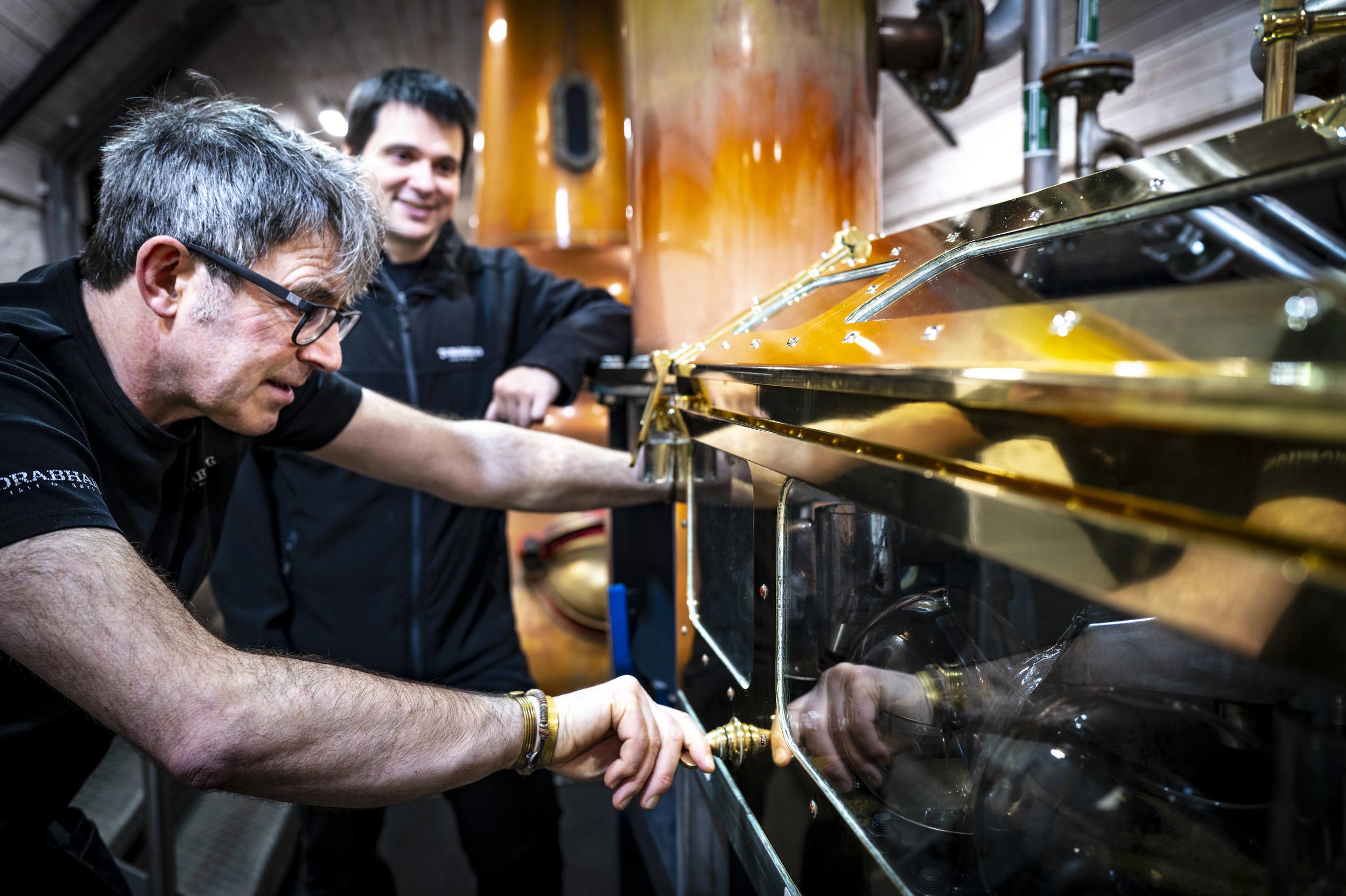
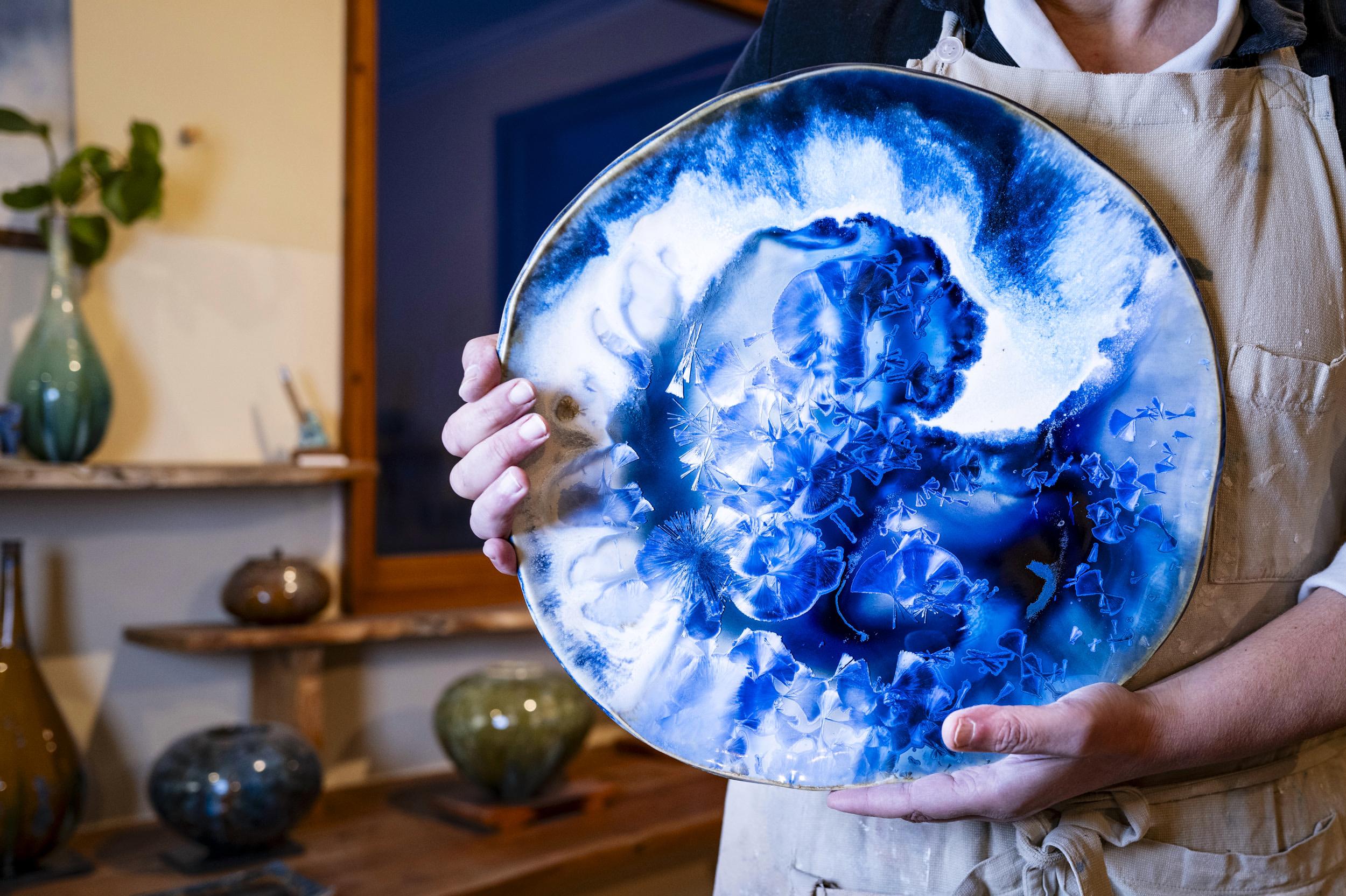
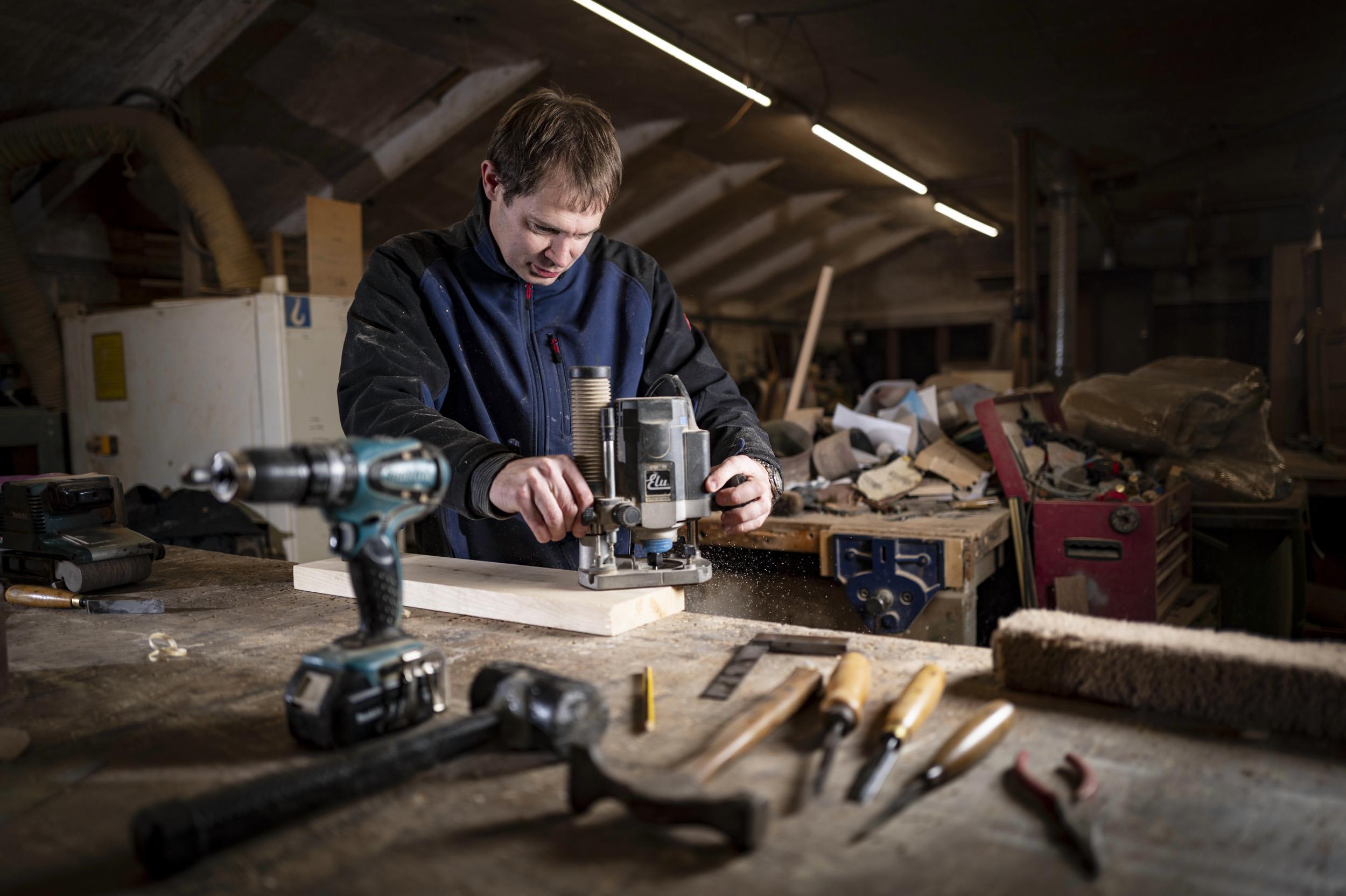
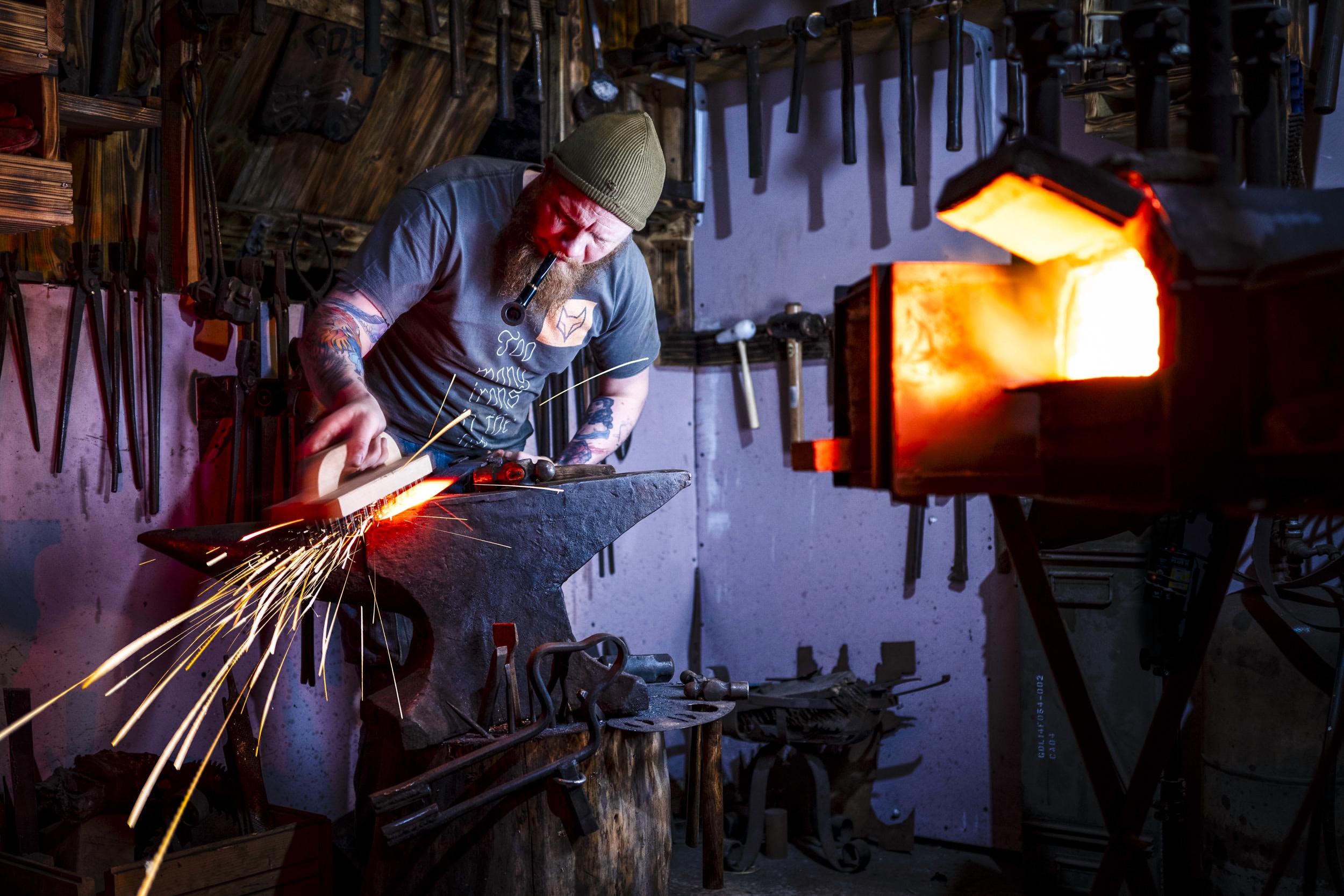
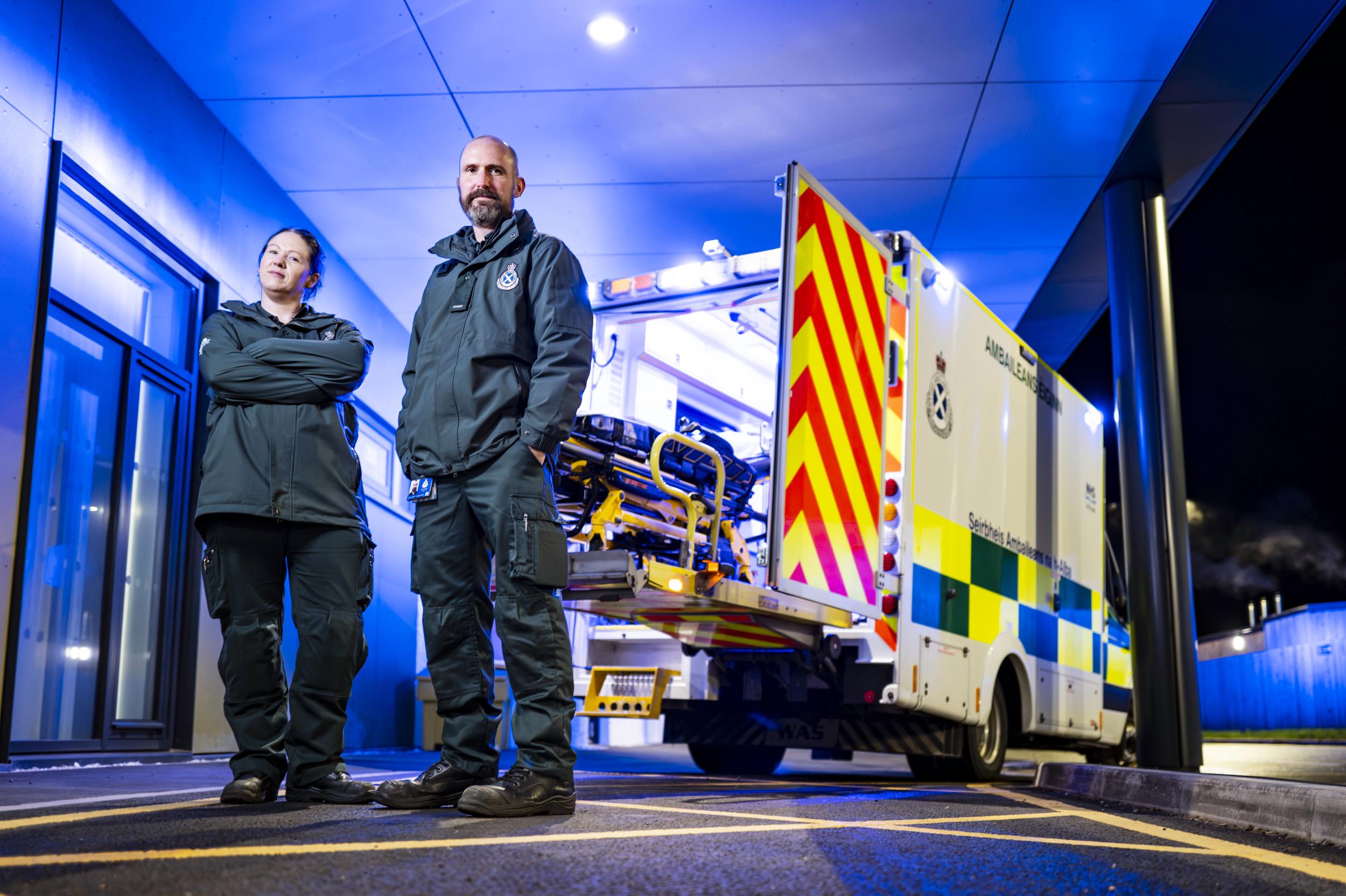
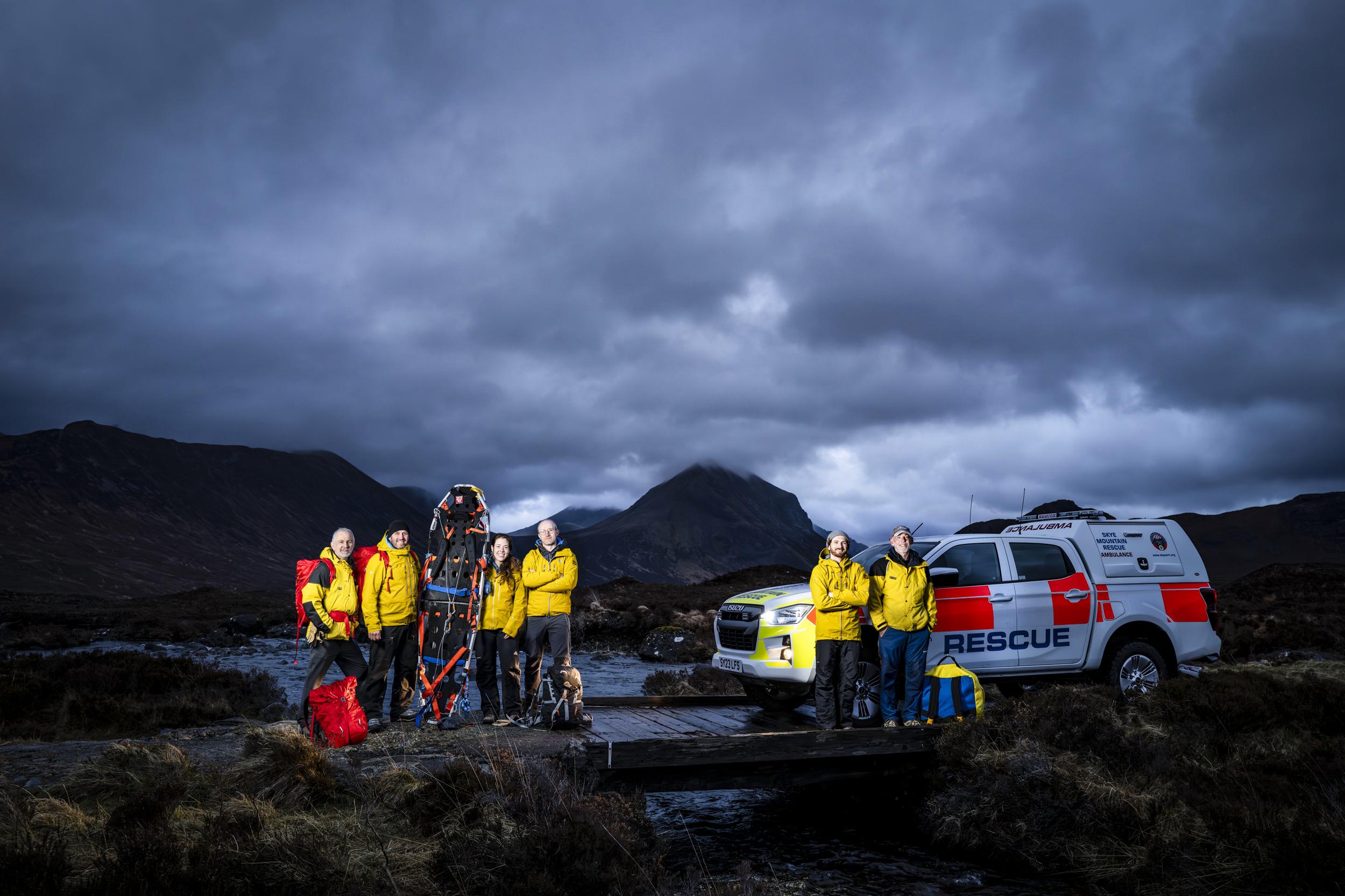
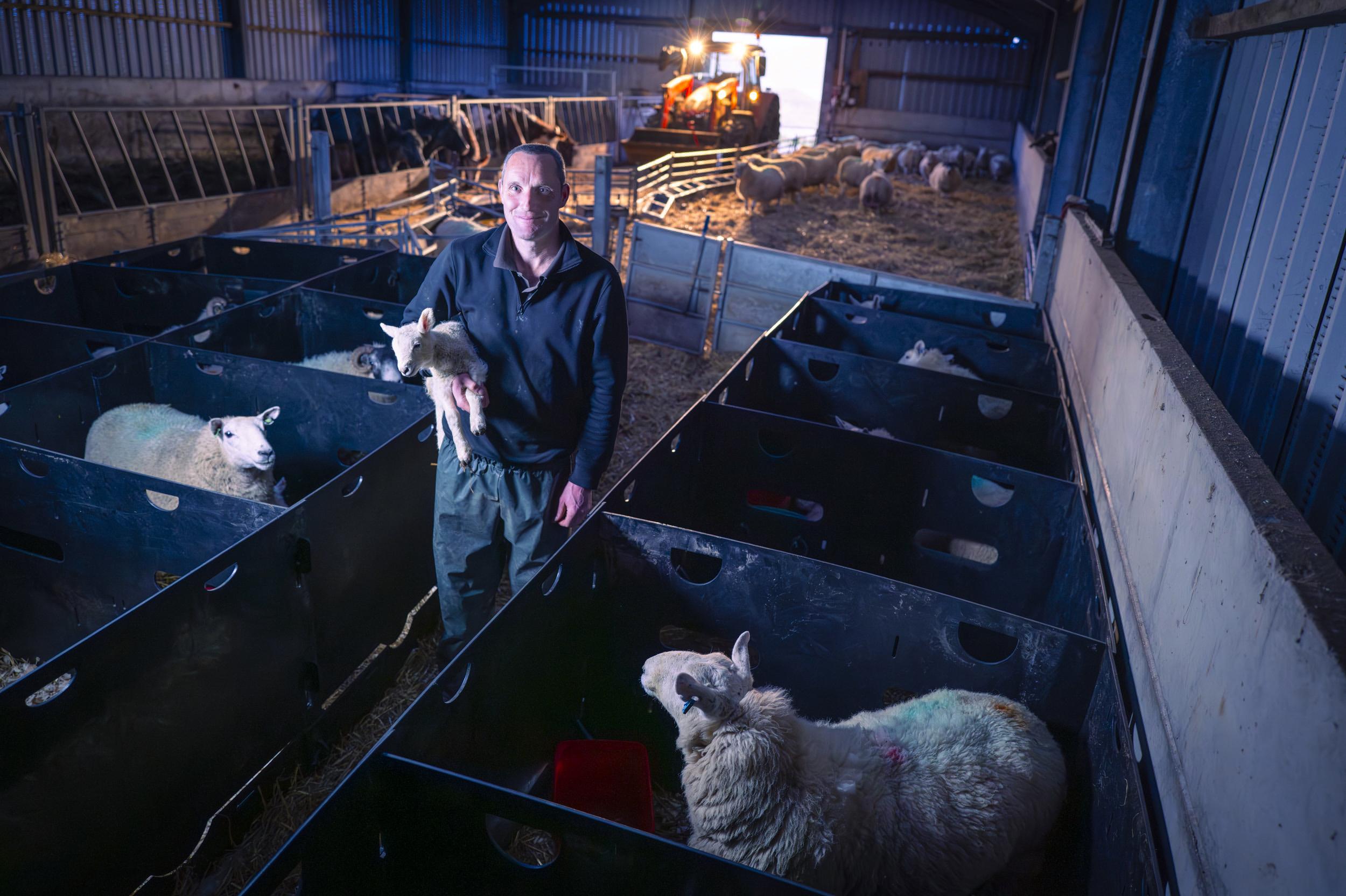
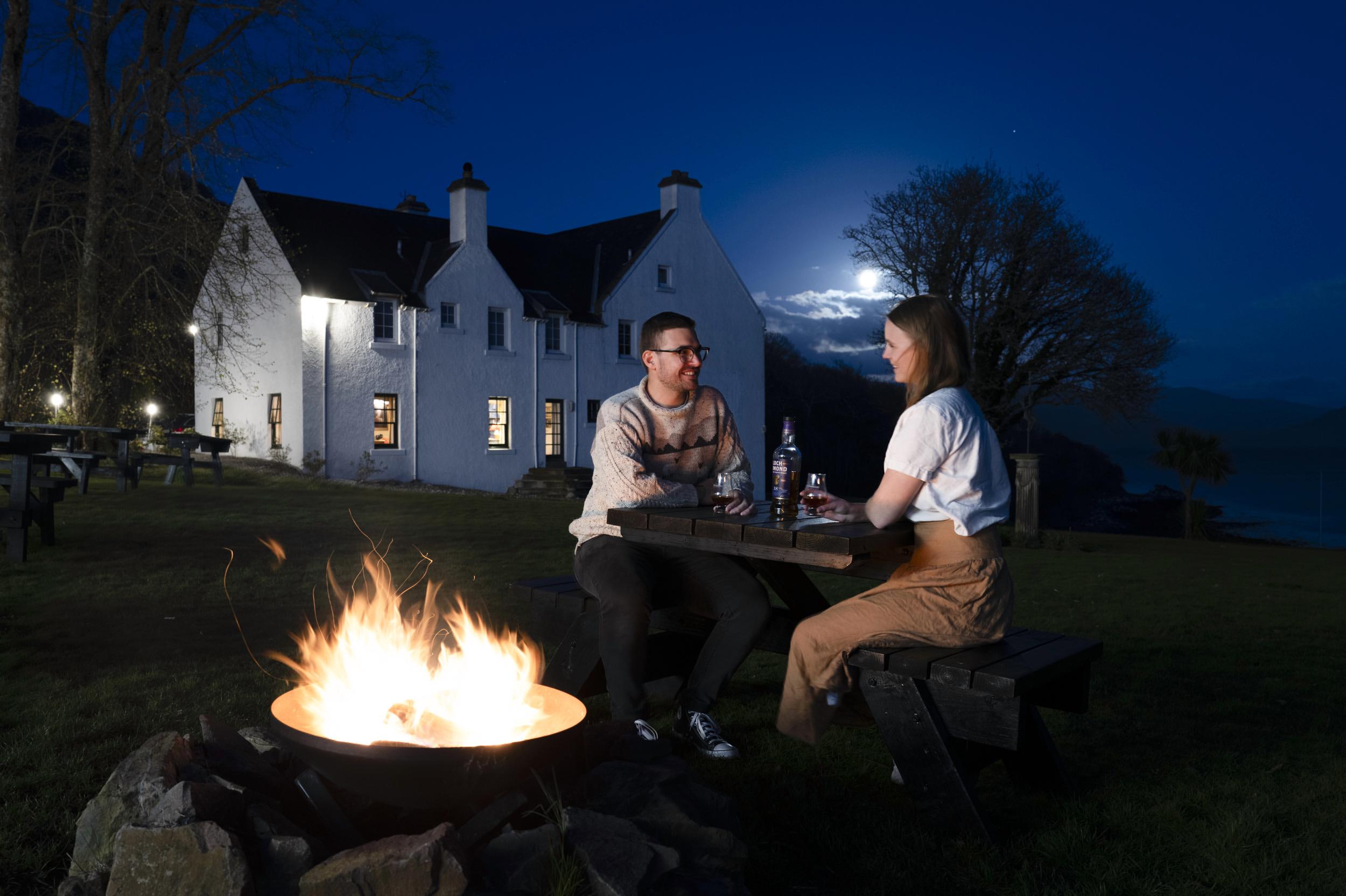
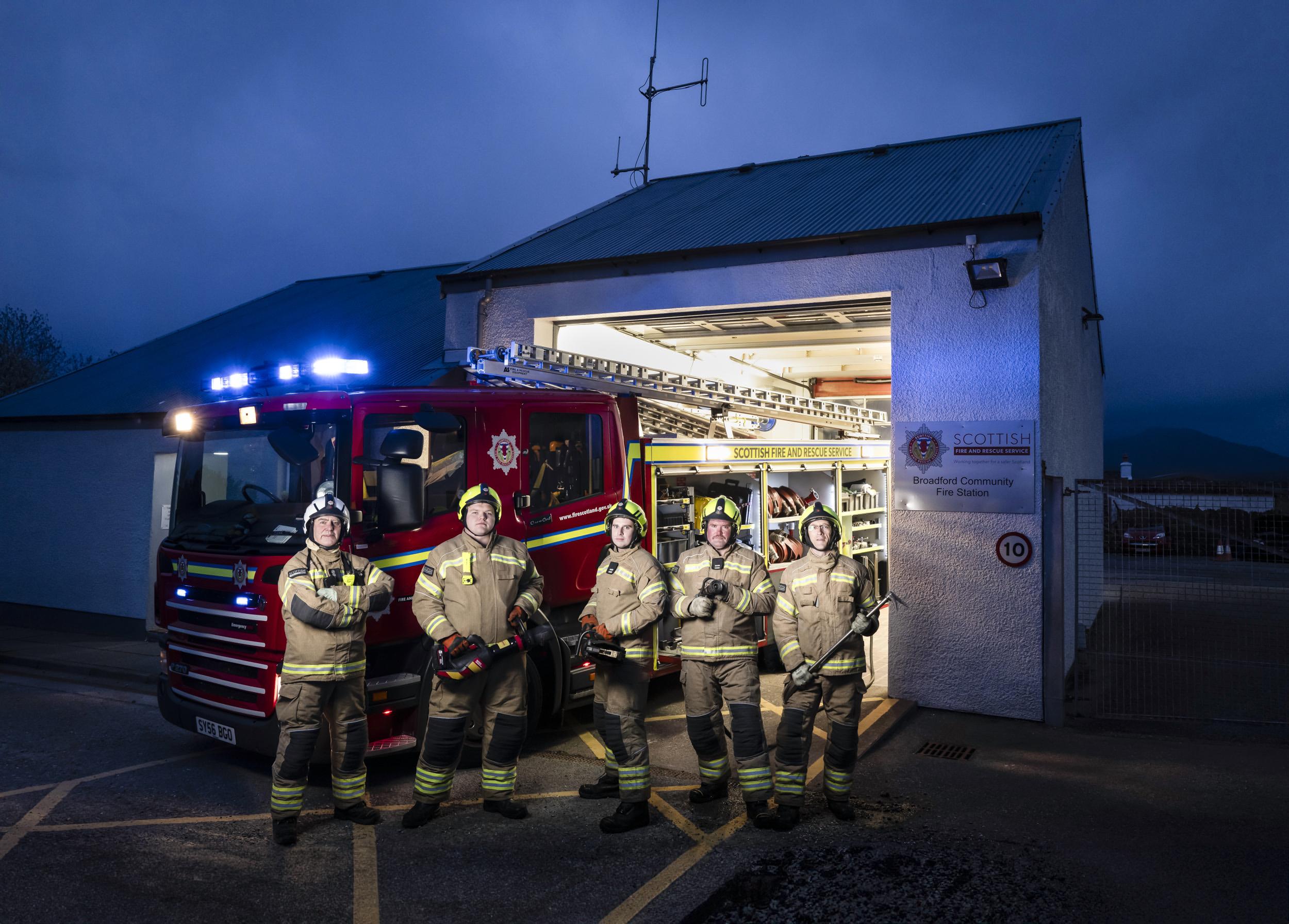




Thanks for the article. Exquisite gorgeous images! I have used the Q-P but still prefer the portability of the Fuji X100V. We are blessed with amazing choices these days.
Thanks Brian. The X100V is really excellent. If I could get hold of a VI I’d snap one up as they are definitely more portable. After writing this article I looked through some of my X100V images and it produces really excellent stuff. You’d find it difficult to tell which are from the Q3 and which from the X100V. I’d say the X100V is 90% of a Q3 for 25% of the price. The remaining 10% comes from the f/1.7 28mm lens on the Q3 which creates very lovely pictures, the larger sensor and the better user interface.
Hi Andrew, I meant to say X100VI. I replaced the Q-P with the X100V. I then put a preorder in with my camera dealer months before the X100VI (first on the list) was announced. I then sold my X100V at auction for a huge profit over purchase. I certainly never got a profit from my Q-P but I did enjoy it’s haptics and image rendering. However, I prefer the compactness and focal of the X100 series.
I think your pictures are truly excellent, subjects, composition and lighting alike, and I can recognise the Q in quite a few of them. Compliments! What I sometimes have a bit of a problem with is always that price argument, over and over again, in articles about Leica cameras. Surely it isn’t a cheap camera, by no means, but it shows. And if you buy one you should stick with it and simply enjoy it for many many years, instead of constantly buying the newest trend that isn’t really going to change your photography anyway. Considering what we westerners spend on things like cars, vacations and television sets during our lifetimes it’s hardly a solid argument. And, as my wise father used to say, the good thing is ‘it only hurts once’ ;-).
Dear Andrew, what a great article and what a wonderful projects. Your images are absolutely stunning, each one telling a story. A very journalistic approach and a superb example of love for place and people. Seeing the images I understand to what extent your Q3 has grown on you. This, of course, makes this review especially interesting and competent. Thanks a lot – and I hope I can come back to Skye. I was there when I spent my abroad year in Glasgow, 25 years ago. I was always reluctant to come back to Scotland because I didn’t want to spoil my memories, but articles such as your one do whet the appetite. All the best, Jörg-Peter
Many thanks Jörg-Peter. It’s definitely grows on you, especially when it lets me create pictures like this. See you on Skye one day.
Great article and very nice pictures. A pleasure to read and admire.
Thanks.
One simple question: very limited options for flashes on the Q.
What are your choices? Profoto, Leica?
Hi Jean-Pierre. I use off-camera flash, with cheap-as-possible Yongnuo flashes from Amazon. All I need is a flash that goes “pop” when I tell it to, has manual control, and a flash sync port to allow me to trigger it with one of my radio triggers. Much easier this way.
Also, see my answer to the previous comment about how I light these images.
How do you get so much light onto your subjects? Are you using flash and if so why are only the subjects themselves lit? Could you explain the lighting setup for the firemen shot?
Hi Nick. I was waiting for someone to ask. The fireman shot is a 6 image composite. There’s a shot for the scene without anyone in it. Exposure was set to be slightly (like 1 stop) below the camera-metered exposure. And then I placed the subjects (and their firefighting props) in the right spots.
Each person was then lit separately with a mini softbox held in quite close to minimise light spill-off to the background. They separate images were then composited together in Photoshop. The flash in the softbox was triggered with pocket wizard radio triggers. The camera, rather obviously, is on a tripod to lock it down so everything is the same for each shot. The flash power is selected manually to make it a bit above the camera’s ambient exposure.
The lack of light spill-off is key to the way these images work. If I lit the whole scene and people with one big light, it would look very flat and wouldn’t highlight the people properly. Basically, it would look rubbish.
I used this technique for many of the images in the book. The mountain rescue team is another example, where lighting the whole scene would have resulted in a massively bright white pickup distracting from the people. The medical staff in the hospital just needed two flash-lit shots in addition to the ambient light shot. The two ambulance team next to the ambulance was just a single shot with the flash just off camera to the left.
Thanks for the detailed explanation. Whenever I see a photo I really like, I grab and study it, trying to think: how could I do that? I grabbed a couple of yours to study.
Now I know the answer: I can’t do it! Not without a few years of experience and hard work 🙂
.
“..For sure, it [the Sony A7III] gets the job done. It is technically excellent, but has no character. Do I need character in a camera? Not really. Do I want character in a camera? Yes, definitely.”
Er, what exactly do you mean by “character”? ..D’you mean that the device itself – the Sony camera – has no ..no, what exactly? Weight? Size? History like Leitz/Leica has a history of camera-making since the nineteen-twenties? ..Or d’you mean that your photos from a Sony A7III have no “character”? ..And what exactly would you mean by that? ..not enough sharpness? ..not enough contrast? ..they don’t look the right colour, or what?
Do you mean the design of a camera? ..the shape of it? ..Or some character of its photos?
D’you mean that you like cradling and cuddling the Q3, but not so much the Sony? D’you mean by “character” that the Q3 somehow embodies an awful lot of money, and also the memories of how you gathered that money? ..Or d’you mean that as the Sony costs less, then somehow its ‘value’, and the value of its pictures, are in some manner of less worth?
Sorry; I’m at a loss to understand.
It feels like the Sony has been designed with minimal consideration of the enjoyment of the user. It is technically very competent however.
The Leica has been designed with the user experience at the forefront, with many small and seemingly minor items adding up to a much and more fulfilling experience. As a result, I feel like I bond with the camera and it feels more like an extension of myself. As a result, I feel like it has more “character” as it feels more like it has been designed with me in mind.
Hope that helps. Your mileage may differ.
Well, I think the pics are great: I like the pairings of blue and yellow, the lighting, the intimacy ..the photos, as documentary photos, are great. And they remind me of Holbein’s ‘The Ambassadors’. The people are real participants in the photos!
But your saying “..The Leica has been designed with the user experience at the forefront, with many small and seemingly minor items adding up to a much and more fulfilling experience..” seems belied by your not being sufficiently satisfied with it, and so adding the thumb grip and the IDS grip – which, among other things, you say “..allows the camera to sit on a table without falling on its lens”.
You say “..they make it a lot easier to hold and use”. So is the Q3 really “..like it has been designed with me in mind”?
But the photos have a wonderful feeling for the people and their surroundings, and your white balance – the greys of dusk, deep blues of cold night, and warmth of the yellows ..and, by extension, the warmth of the people themselves – is terrific. The fill light on the fishermen and the rescue team is so skilful and so heartwarming!
Thank you for the Q3 review, but mostly for he wonderful photos. You’ve done incredible things with light!
Thanks Kathy!
A great article and series of images to start the weekend. I admire your dedication to working on the series over the year. I won’t comment on the Q3 as I don’t have one and am faithfull to my XVario and the old Ricoh GXR system. I did own a Sony A7 series but sold it rapidly as I personally found the images it produces were soul less and devoid of substance. I went to Skye a few times in the 1980s and 90s and your article certainly entices me to return there. My favourite lens for portraits at the time was the Contax/Zeiss Sonnar 85 f2.8, not an environmental lens but razor sharp, compact enough with excellent background blur wide open.
Thanks
Jean
Congrats Andy on a great article – a thoroughly good read. I would agree with most of your Q3 comments, except I think I’ve now got profiles sorted and don’t have the focus point moving as I use EVF Extended which in theory prevents wandering, but not wondering…
The images from your “Skye at Night” book look absolutely wonderful and I’m hoping to visit some of the places when Her Ladyship and I visit Skye in October.
Thanks Jon. I’ll look into EVF Extended again. Just turning off the touch screen seems to have done it for me in the meantime.
Maybe see you in October.
Are we going to be able to purchase the Skye at Night book here when it is available for pre-order?
Donating all of the profits to the mountain rescue team is very generous
Yes please Jon! It will be available from skyeatnight.com and Amazon in about 4-6 weeks.